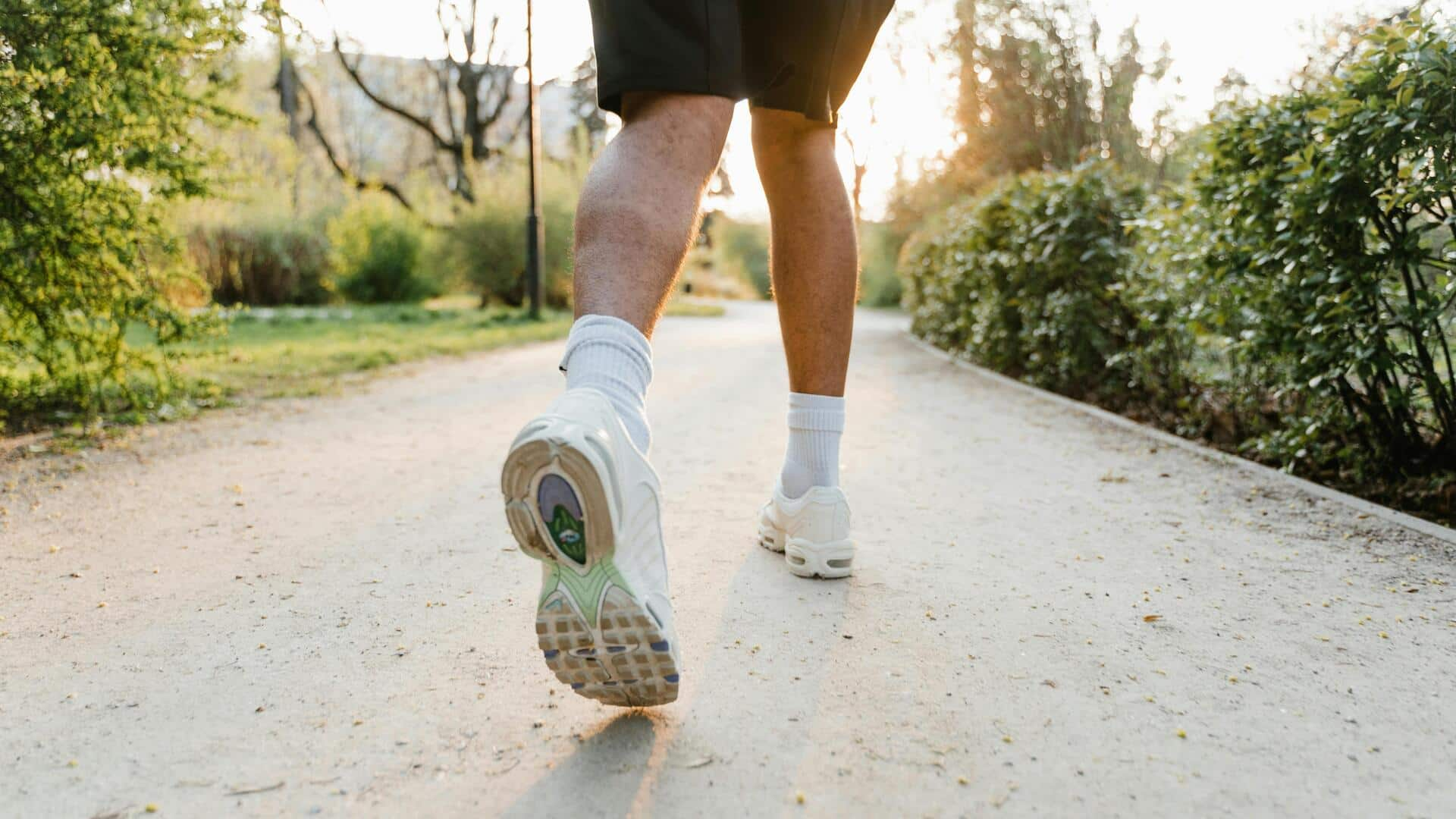
The best exercises to train your tibialis anterior
What's the story
The tibialis anterior is a key muscle located in the front of your lower leg, responsible for dorsiflexion of the foot and ankle stability. Strengthening this muscle can improve your balance, enhance athletic performance, and prevent injuries. Here are five effective exercises that target the tibialis anterior, helping you build strength and endurance in this important muscle group.
Toe raises
Toe raises for ankle stability
Toe raises are a simple yet effective exercise to strengthen the tibialis anterior. Stand with your feet flat on the ground, then lift your toes while keeping your heels planted. Hold for a few seconds before lowering back down. This movement helps improve ankle stability and can be done anywhere without any equipment.
Resistance band
Resistance band dorsiflexion
Using a resistance band adds an extra challenge to tibialis anterior strengthening. Sit on the floor with one leg extended forward, loop a resistance band around your foot, and pull it towards you against its resistance. This exercise targets both strength and endurance of the muscle.
Heel walking
Heel walking technique
Heel walking is an excellent way to engage the tibialis anterior throughout its full range of motion. Simply walk forward on your heels with toes lifted off the ground. This exercise not only strengthens but also improves coordination between different muscle groups in your legs.
Ankle circles
Ankle circles for flexibility
Ankle circles are great for flexibility and strengthening of the tibialis anterior. Sit comfortably with one leg extended outwards. Rotate your ankle in circular motions clockwise and then counterclockwise. Repeat several times before switching legs. This exercise promotes better blood flow and joint mobility.
Seated toe taps
Seated toe taps for convenience
Seated toe taps are convenient as they can be done while sitting at a desk or watching TV. Just tap your toes up and down repeatedly without moving other parts of the body too much. This keeps tension on the targeted muscles, leading to better results over time when practiced regularly.